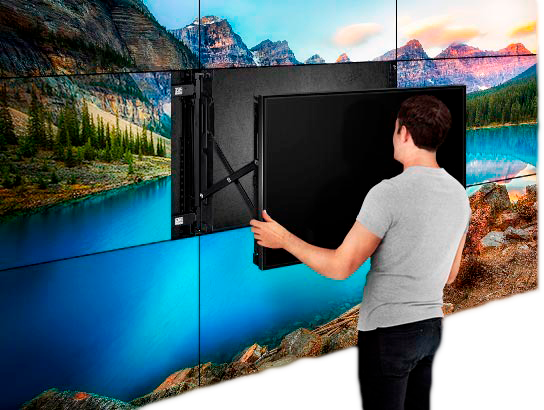Understanding the Impact of Luminance Contrast Levels on Perceptual Clarity and User Perception
Wiki Article
Comparison proportions are an critical concept in graphic design and human perception. They refer to the variation in brightness between the lightest and darkest parts of a visual interface. A greater contrast ratio means that there is a larger differentiation between bright and dim areas, which can significantly affect how easily we see images, text, and other graphical elements. This is particularly crucial when addressing how individuals with different visual capabilities perceive information. Understanding contrast ratios enables creators create more accessible interfaces, whether for webpages, promotions, or educational content.

The importance of contrast ratios can be observed in various contexts, such as televisions, computer screens, and smartphones. In these devices, a high brightness level allows for sharper images and clearer content. For instance, when viewing a film or playing interactive media, high contrast can improve the user engagement by rendering details more visible. This is also true for reading typography on displays; a strong contrast between the font hue and background tone can reduce eye strain and improve clarity. As people engage with online media regularly, designers must prioritize optimal contrast settings to promote ease and legibility.
Different populations may experience visual contrast levels differently. For individuals with sight limitations, such as color blindness or low vision, adequate visual separation is vital for understanding information presented visually. Designers must consider these variations when creating content. Tools like color contrast checkers can assist assess whether the chosen take a look at the site here hues provide enough separation for all viewers. By maintaining suitable contrast ratios, designers not only make their work accessible but also reflect inclusivity in their designs.
In addition to accessibility considerations, visual contrast levels serve a crucial role in aesthetic design quality and overall user experience. A thoughtfully crafted layout applies palette choices that not only attract attention but also guide users through content smoothly. For instance, emphasizing key controls or information with contrasting hues enables users navigate effortlessly. When viewers are able to differentiate between different components on a display, they are more likely to interact with the material and perform tasks effectively.
Ultimately, as technology continues to advance, the relevance of understanding visual contrast principles remains relevant. Advancements in display technology offer opportunities for even enhanced visual clarity. However, without thoughtful consideration of how visual differentiation influences human perception, advancements may not reach their full potential. Visual professionals and developers must stay informed about standards related to visual contrast to ensure that rental led video wall services their designs remains impactful and user-friendly across various systems and screens. By emphasizing these guidelines, they can improve user interaction and build a more visually inclusive digital world.